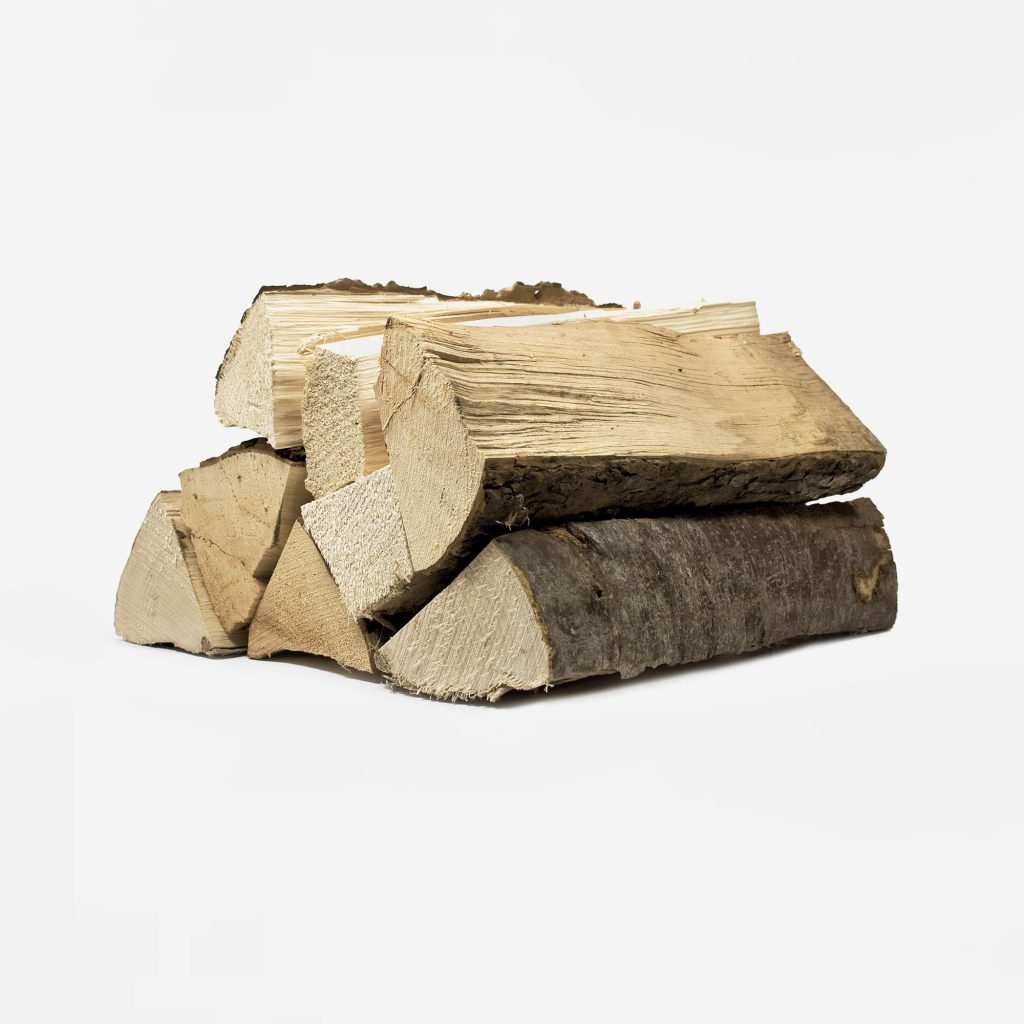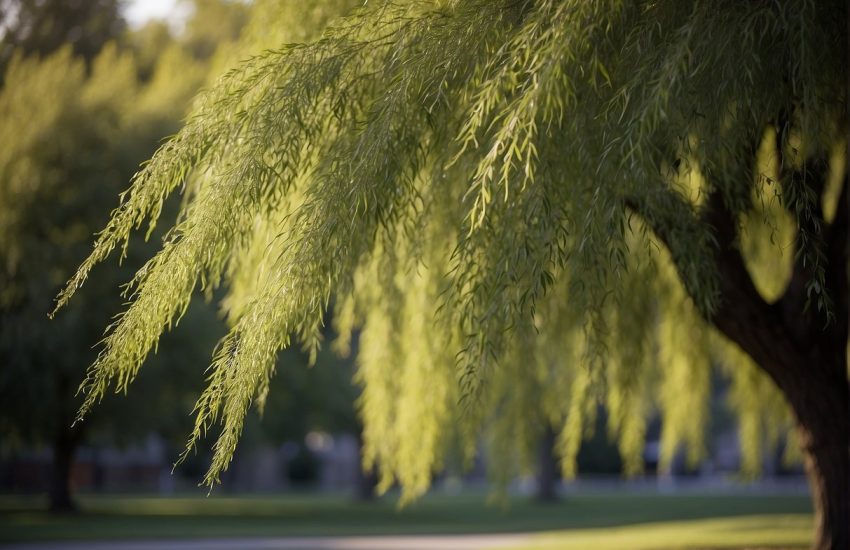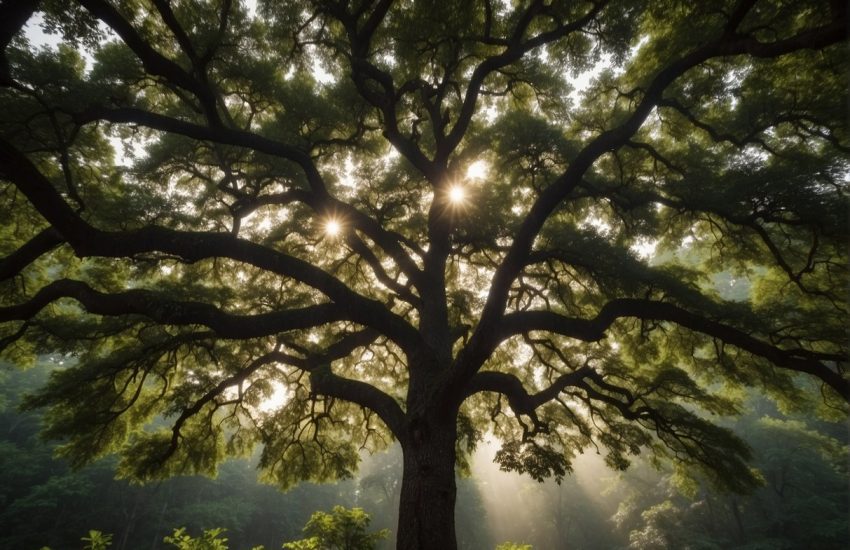Is Maple Good For Firewood/Burning
If you’re looking for a reliable, renewable source of firewood, maples are a great option. Contrary to popular belief, Maple trees make excellent firewood. In fact, Maple is one of the most sought-after woods for both indoor and outdoor fires. Maples grown in the eastern United States are a great choice, as they tend to grow quickly and produce plenty of firewood. There are several ways to harvest firewood from maples, so you can pick the one that works best for you. Maple wood is also generally easy to split, so it’s perfect for anyone who wants an easy-to-use fuel source. While it is not the best option for firewood, Maple is worth considering next time you ponder a fuel source for a chilly night.

Common Characteristics of Maple Trees
Maple trees are deciduous trees popular for their sugar-rich sap, used to make maple syrup. There are over 128 species of Maple trees, but they all share some common characteristics. For example, most maple trees have leaves that are between 3 and 6 inches in size. The bark of a maple tree is smooth and gray but can also be red or brown. Maple trees produce small, winged seeds in a pair of Samara fruits. These fruits mature in the late summer or fall and often remain on the tree throughout the winter. Maple wood is very popular for furniture and flooring because of its durability and rich color. The wood is also often used as firewood because it burns hot and produces little smoke.
Common Varieties of Maple Trees used for Firewood
There are a variety of maple trees that are commonly used for firewood. Silver maple, red Maple, sugar maple, boxelder, and bigleaf Maple are all popular choices. Each type of tree has unique characteristics that make it well-suited for use as firewood.
Silver Maple
The Silver Maple is a type of maple tree that is native to the eastern United States. It gets its name from the silvery-white undersides of its leaves. The silver Maple typically grows to be between 50 and 70 feet tall, but it can occasionally reach heights of up to 100 feet. The tree has a spread of about 35 feet and a trunk diameter of up to 24 inches. The wood of the silver Maple is light brown with a reddish hue. It is considered to be a softwood, but it is quite dense. The silver Maple burns hot and produces little smoke, making it an excellent choice for firewood.
Red Maple
The red Maple is another type of maple tree that is native to the eastern United States. It gets its name from the reddish color of its leaves in the fall. The red Maple typically grows to be between 40 and 60 feet tall, but it can occasionally reach heights of up to 90 feet. The tree has a spread of about 30 feet and a trunk diameter of up to 24 inches. Even though they are mainly used in landscaping, red maples can also be good fuel sources.
Sugar Maple
It gets its name from the high sugar content of its sap, which is used to make maple syrup. The sugar maple typically grows to be between 50 and 80 feet tall, but it can occasionally reach heights of up to 100 feet. The sap content in the tree contributes to the good burning qualities of the sugar maple.
Boxelder
The boxelder is a type of maple tree that is native to North America. It gets its name from the fact that it is often found growing in boxes or near box elder trees. Boxelder firewood is not as popular as other types of Maple, but it is still a good option.
Bigleaf Maple
The bigleaf Maple is a type of maple tree that is native to the western United States. It gets its name from its large leaves, which can be up to 12 inches in size. The bigleaf Maple typically grows to be between 50 and 80 feet tall, but it can occasionally reach heights of up to 150 feet. Due to its large size and mass Bigleaf Maple is one of the best budget firewood available.
Seasoning Maple Firewood
Most people are aware that properly seasoned firewood is essential for a good fire. However, many don’t realize that different woods require different seasoning times and methods. For example, maple wood should be seasoned for six months to allow the sap to evaporate fully. The ideal moisture content for maple wood is 20-25%. Here are the steps you need to take to properly season your maple wood:
- Cut the wood into 16-24 inch pieces and split it into smaller pieces if necessary.
- Store the wood in a dry place where it will get plenty of air circulation.
- Cover the woodpile with a tarp if necessary to protect it from the weather.
- Check the moisture content of the wood regularly with a moisture meter.
- When the moisture content is between 20-25%, your maple wood is ready to use!
Heat Output and Efficiency
The heat output of maple firewood is measured in British Thermal Units or BTUs. One BTU is the amount of energy needed to raise the temperature of one pound of water by one degree Fahrenheit. The average cord of maple firewood contains around 26 million BTUs of energy. When burned in a fireplace, that wood will produce enough heat to warm an entire home for a day. In terms of efficiency, maple firewood is very efficient. It produces more BTUs per cord than most common woods, such as Pine and Ash, making it an excellent choice for those who want to maximize their heat output.
Does it Spark?
While Maple is popular firewood for producing long-lasting embers, it also produces a lot of sparks. While this might not be a problem if you’re carefully monitoring your fire, it can be dangerous if sparks escape and land on flammable materials. If you’re concerned about sparks, look for firewood that has been split into small pieces. Maple splits easily, so this shouldn’t be a problem. In general, the smaller the pieces of wood, the less likely they are to produce sparks. You can also soak your wood in water for several hours before burning it.
Does it Produce Smoke?
When burned, Maples produce very little smoke. This makes it a particularly good choice for wood-burning stoves and fireplaces, as it minimizes the risk of creosote buildup. However, maple firewood does produce some smoke when burned. The amount of smoke will vary depending on the type of maple tree the wood came from and how it was seasoned.
Creosote Buildup
Maple firewood has a high level of creosote, which can be problematic if not managed properly. Creosote is a sticky, flammable substance that builds up in chimneys and can cause fires if it isn’t regularly removed. The amount of creosote produced by burning maple firewood depends on the moisture content of the wood. Green or unseasoned wood has higher moisture content and will produce more creosote than dry, seasoned wood. To reduce the amount of creosote produced, it’s important to use only dry, well-seasoned wood and ensure that the fire is burning hot, as a slow-burning fire could increase creosote production.
Pros
- Maple is also relatively easy to split and stack, making it a convenient choice for those who want to use firewood for heating their home.
- Maple has a high density, which means it produces more heat per pound than other types of wood. This makes it an efficient choice for those who want to make the most of their firewood.
- Maple is also relatively low in sap, producing less smoke when burned. This can be beneficial for those who are sensitive to smoke or have respiratory problems.
- Maple is an abundant resource in many parts of the world, making it a more sustainable choice than some other types of wood
- Maple has a high sugar content, which gives it a unique flavor when burned. Many people enjoy the sweetness maple adds to the air when used as firewood.
Cons
- Expensive
The main disadvantage of using Maple for firewood is that it is more expensive than other types of wood. This is especially the case when purchased from specialty retailers. However, when produced at home and well-seasoned or kiln-dried, the cost tends to be minimal.
- More Creosote production
Another potential downside to using Maple as firewood is that it produces more creosote than other types of wood. To reduce the amount of creosote produced, it’s important to use only dry, well-seasoned wood.
Bottom Line
When most people think of firewood, they think of oak or other hardwoods. However, maples are also a great source of firewood and have several advantages over other types of wood. Maples are easy to split and light easily, making them a good choice for people without a lot of firewood experience. They also produce a lot of heat, so you can get more bang for your buck when using maple wood. However, there are a few downsides to consider before burning maple wood. First can be expensive compared to other types of wood. Finally, they produce more creosote than other woods, so you need to be extra careful when using them in your fireplace or stove. Despite these disadvantages, maples are still a great choice for firewood and are worth considering if you’re looking for a new fuel source.


